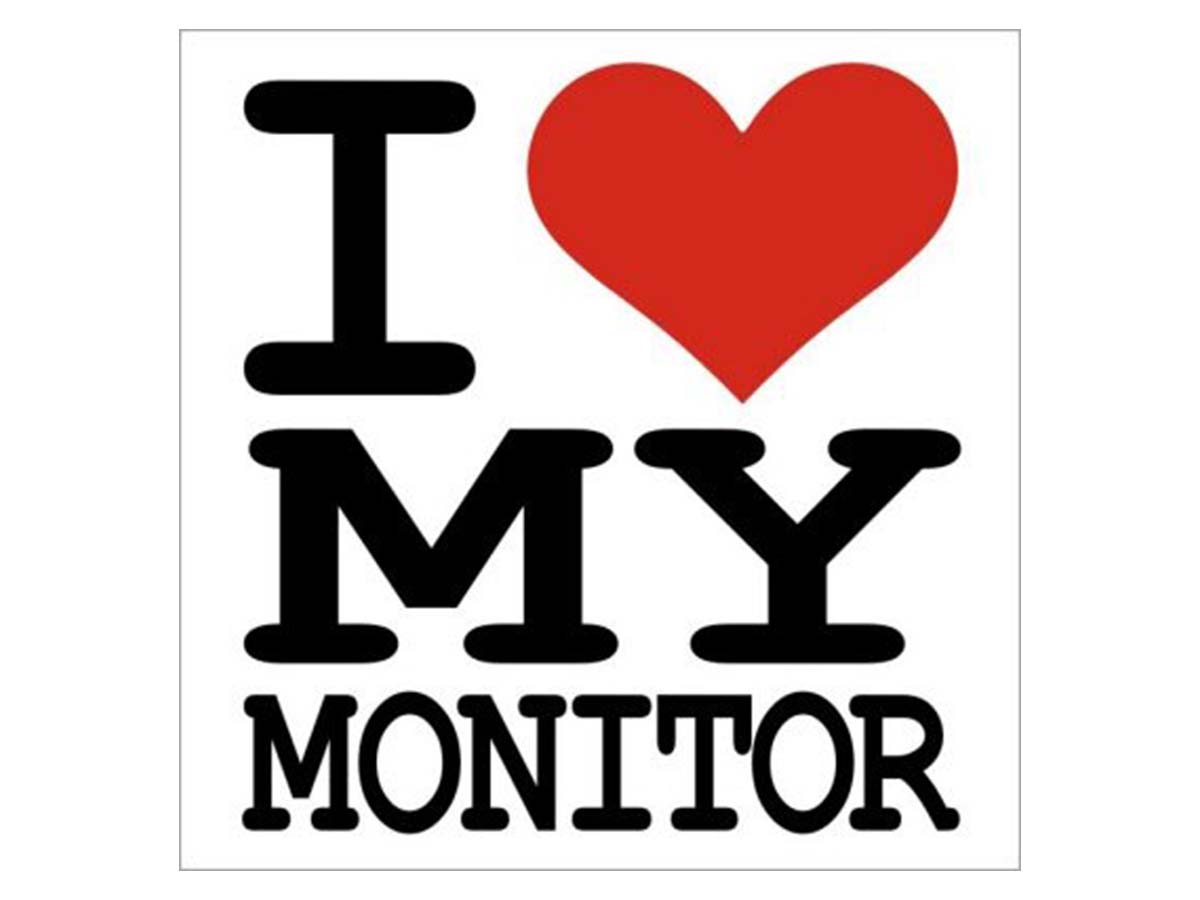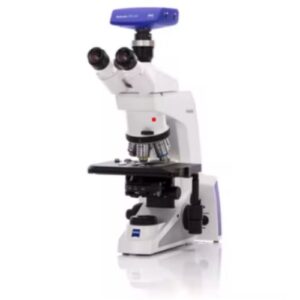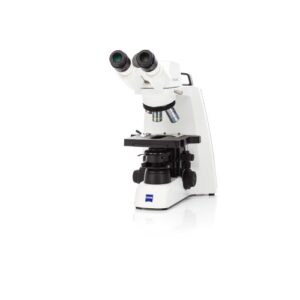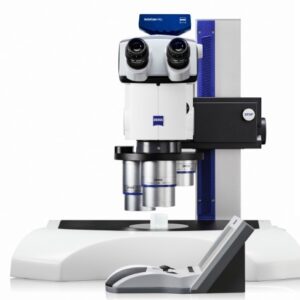Stop staring at your screen and give your monitor some love
“It’s like you’re looking right past me, like I’m not even here, and then when you do notice me, all you do is complain, complain, complain. How about a little love, I’m working hard over here!” your monitor screams at you as you question why the image in the microscope doesn’t match the image on the screen. The color accuracy is way off! Maybe it’s the microscope, lighting, or camera.
Or maybe the poor color quality is because of your monitor.
Choosing the Wrong Monitor Cheats your Color Accuracy!
When you were considering the microscope options, you bought the best microscope, camera, and software possible with your budget. You were careful; you scrutinized every detail during your decision. Then there, screaming at you toward the bottom of the quote, is that crazy overpriced monitor. You calmly ask your microscope representative:
“What do you mean the monitor is $3,000 – I bought one for my computer at home on a Black Friday deal for $150!?!”
Your representative agrees and suggests that you save a few dollars by bringing your own monitor. So you pull one off the shelf, dust it off, and feel proud of yourself for being so thrifty.
Fast forward 30 days, the microscope arrives and is working seamlessly. You’re thrilled, excited, it’s Christmas in February – that is until you’re not happy with the image that you’re seeing. This is NOT the image you saw during the demonstration! The colors are all wrong – but why?
First Impressions are All About the Technology
Not all monitors are created equally and have unique technology driving an image to your eyes. Since we are all technology consumers, we are familiar with some aspects of the technology, but probably not all. Additionally, although we are familiar, we probably don’t fully understand. Below are some of the monitors that’re available on the market and some insight about the technology inside them.
- CRT
Cathode Ray Tube – Big, bulky, low resolution. These fell out of favor in the early 2000’s because of their size – but they were also not great at producing accurate color. This technology would mix red, green, and blue light at a single spot on a screen at a rate of 60Hz. Mixing the three components of light equally should result in accurate color – but unfortunately only about 70% of the color range is displayed.
- LCD
Liquid Crystal Display – The most common form of monitor on the market today. This technology uses an array of liquid crystals which modulate the backlight to produce millions – or billions- of colors.
The color accuracy depends on the backlight (Halogen or LED) and the display technology (Twisted Nematic vs. In-Plane Switching vs. Vertical Alignment). There are plenty of detailed articles on each; however, it’s safe to assume we have seen the side effects of the Twisted Nematic display where brightness, contrast, and color adjust with the angle of the screen. Recall an occasion where you were adjusting the tilt on your laptop screen and noticed the image changes with the tilt of the screen. In-Plane Switching (IPS) panels have a fewer viewing angle distortions and superior color reproduction (16.7 million vs. 1.07 billion) but are typically more expensive. The Vertical Alignment technology is a hybrid between low cost and accurate color reproduction, but it still can’t quite reach IPS.
- OLED
Organic Light Emitting Diode – These displays feature high pixel density, with individual red, green, and blue LED’s. Color is modulated by adjusting brightness of the three LED’s in one pixel to blend everything together. These are most common on the Android phone or iPhone in your pocket – however they’re making their way into computer monitors, albeit at astronomical prices. OLED’s display 1.07 billion colors like the LCD IPS displays, but are thinner, use less power, and have a better contrast ratio. The color improvement over LCD IPS displays is negligible and not worth the price increase.
The Ultimate Connection
Although the importance of the cable connecting your computer to the monitor is often overstated by your local electronics store attempting to sell you a $100 HDMI cable, its important to use the right format.
- VGA
Video Graphics Array – These pesky blue monitor connectors won’t go away. Although your HD monitor works with a 9-pin VGA analog monitor cable, it shouldn’t be used. The VGA cable will distort everything from color reproduction to resolution when it is used. Even black and white images look different with a VGA cable. However, if a digital cable, such as the ones described below, is used, the problems disappear.
- DVI-I
Digital Video Interface – The DVI cable is vastly superior to analog and comes with a variety of pin combinations (DVI-D and DVI-I, Dual link vs. single link). Don’t get caught up in the “more is better” philosophy; any DVI cable with 16 pins will produce an accurate image at 1920×1080.
- HDMI
High Definition Multimedia Interface – Welcome to 19 pins of simplicity. An elegant solution to high quality displays and digital audio. The interface was developed by several companies who charge royalties for it’s use. In addition, there are several different versions of HDMI – so which one do you need? Look for HDMI v2.0 and above and you won’t have any issues with up to 8K resolution or color reproduction. No need for a $100 HDMI cable, the $10 bargain HDMI v 2.0 cable will be just fine, thank you.
- Display Port
Developed as a royalty-free competitor to HDMI, the 20-pin display port cable has all the advantages of HDMI with less confusion about different cable versions. Whether the display port is standard format or mini display port, this format produces up to 8K resolution with no limitations on color reproduction.
Sooth Your Weary Eyes with Monitor Calibration
Armed with the information above, you walk into your local electronics store. You’re feeling confident as you look at the monitors, evaluate the technology, compare images from one monitor to the next – side by side – to find one with just the right color. The differences between the monitors are amazing, some images look more saturated, others look cooler or warmer. Is it the difference between a TN display or IPS display? Maybe, but it could also be a simple color calibration.
Each monitor has “scene selections” and the ability to fine tune brightness, contrast, saturation, and in some cases, gamma. All of these settings can influence the color accuracy of a monitor. A good rule of thumb is to choose sRGB as a scene selection. If that’s not available, maybe pick up an inexpensive monitor calibration device. It sure beats trying to adjust all the monitor display settings manually.
Resolution, Refresh Rate, Height, Swivel, and Tilt – Do Tell!
In addition to color reproduction, monitors also differ in resolution, aspect ratio, refresh rate, and ergonomic adjustments such as height, swivel, and tilt. All of the Black Friday deals advertise resolution, so most are familiar with 2K, 4K, and 5K displays – but often overlook refresh rate. Some bargain 4K and 5K monitors only offer that resolution at a paltry 30Hz. At this frequency, even mouse movements appear to lag – 60Hz should be the minimum.
Another overlooked monitor feature is height, swivel, and tilt. These adjustments can create a comfortable work space and also allow users to adjust the monitor height to fit it into cramped lab space. The bargain bin monitors do not include these adjustments, which are essential to a functional work space.
Trust W. Nuhsbaum, Inc.
Technology can be overwhelming and confusing; however, the team at W. Nuhsbaum has selected monitors that will allow investigators to get the most out of their images. The monitors we sell are not the lowest price, but they will deliver the most features for your dollar.





